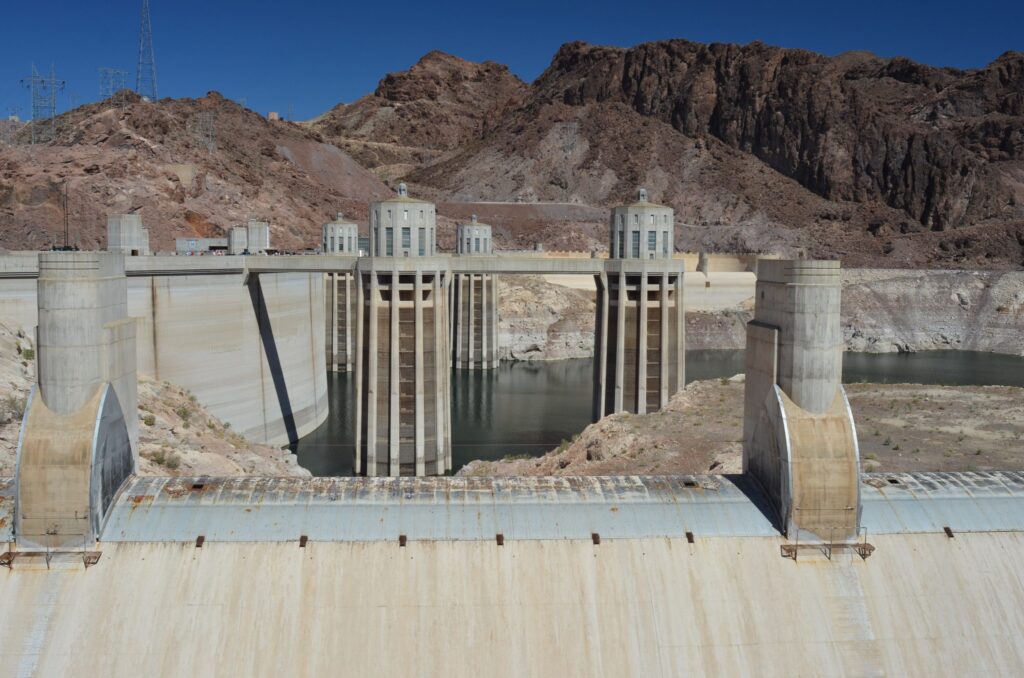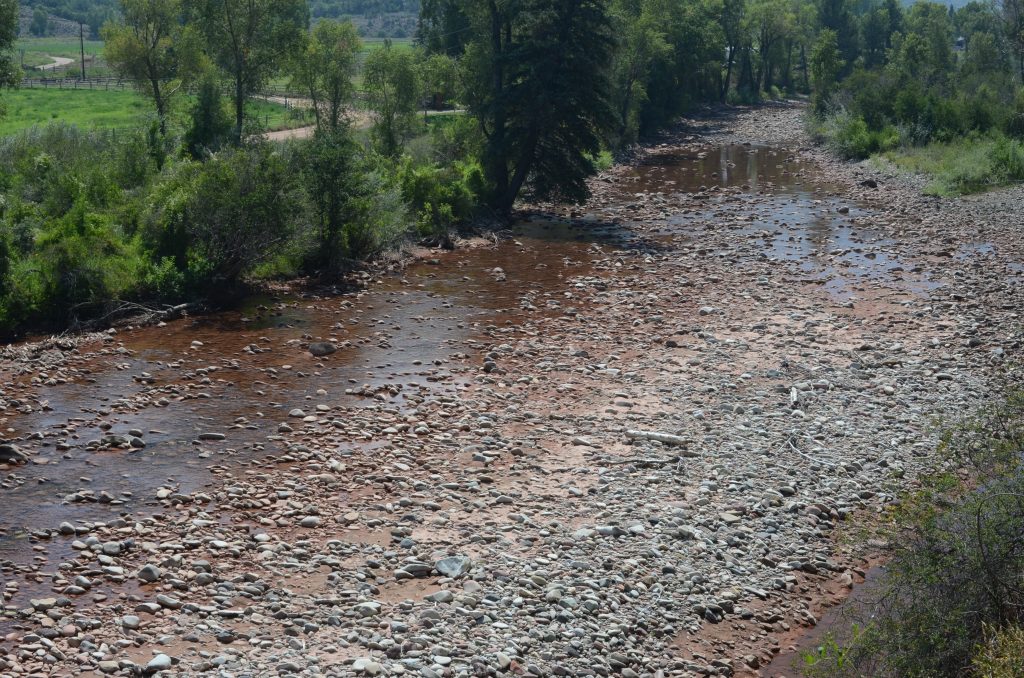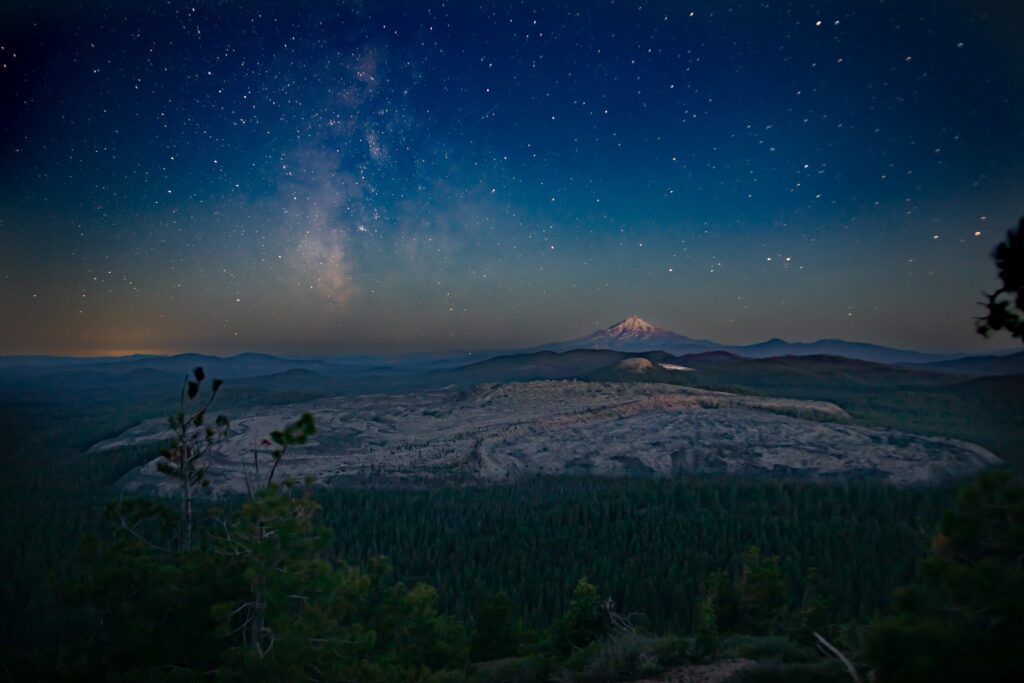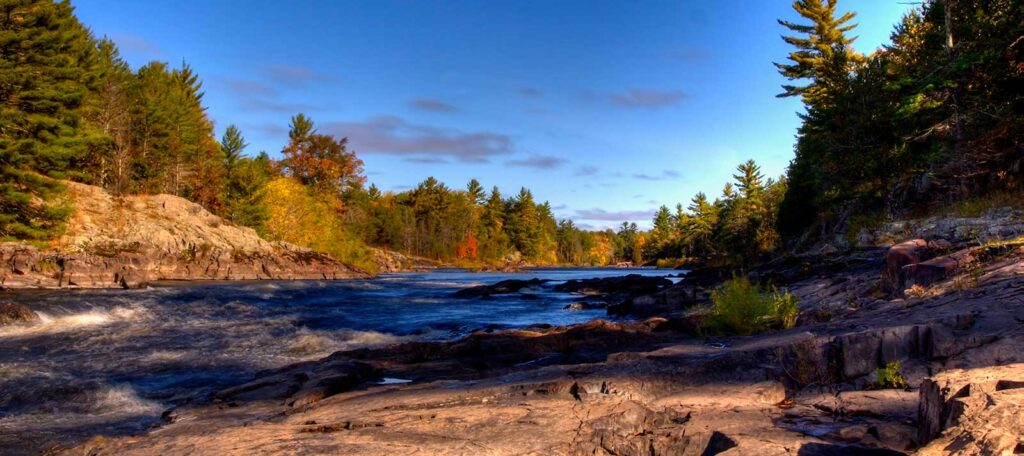Science & the Sacred: the Duty of Water in the West
We need to change how we think about the Colorado River and water supply in the southwest.

The multitude of studies and reports about the impacts of climate change on western water and the Colorado River Basin increasingly come to parallel, if not precisely the same, conclusions: the future will be warmer and drier, with less water. The studies also show that the process of warming and aridification is happening faster than anticipated.
In 2008, Science Magazine published a short article claiming that the concept of “stationarity” in water management was dead. Stationarity—a fundamental concept in water resource management and planning— is the “idea that natural systems fluctuate within an unchanging envelope of variability”. The envelope of variability, however, is definitely changing.
But this is a difficult principal to let go of. It loosens the moorings of decades of water supply thinking.
While many water managers and policy professionals agree that stationarity is no longer valid, I wonder how well they understand its full implications. Many still assess temperatures and precipitation today as compared to “normal”. That “normal” is based on the concept of stationarity.
A 2019 report by the Colorado River Research Group, Thinking About Risk in the Colorado River, emphasized the loss of stationarity and the growing likelihood of what are called “Black Swan” events. These are events that fall outside the scope of normal expectations and planning efforts, thereby inflicting an unexpected shock to the system. While the current southwestern drought, possibly a megadrought, could be called a Black Swan, it’s more likely to become the norm than to disappear.
With the advent of increasing warming and aridification due to greenhouse gas emissions, any past certainty of droughts eventually breaking is now in question. We are in a time that climate scientists Brad Udall has labeled “The New Abnormal”.
The Center for Colorado River Studies at Utah State University recently released a new white paper, Alternative Management Paradigms for the future of the Colorado and Green Rivers (White Paper #6). This study takes a look at the future of water supplies in the Colorado Basin, using science as opposed to aspirational politics. We covered the report in more detail in a series of blogs titled, “Colorado River Futures”, which includes an overview, a “changed river” edition, and a “climate and the river” edition.
The study begins with the statement, “Our ability to sustainably manage the Colorado River is clearly in doubt”.
While we have responded to recent crises by developing new planning and management techniques, the report warns that “A gradual and incremental approach to adaptation… is unlikely to meet the challenges of the future.”
Simply put, we need to change how we think about the Colorado River and water supply in the southwest. The paradigms of the past no longer suffice.

The paper states “The Colorado River can be sustainably managed only if consumptive uses are matched to available supply. This will require Upper Basin limitations and substantially larger Lower Basin reductions than are currently envisaged.” The paper suggests that by capping Upper Basin use to 4 MAF or less and reducing Lower Basin use by 1.4 to 3 MAF critical storage levels in Lakes Powell and Mead might be maintained.
Across the basin, individual states are thinking about how they can address their climate and water supply challenges. Renegotiations of the 2007 Interim Guidelines are in their nascent stage. This round of discussions will be different from 2007 as the rights of the 29 Native American tribes, along with those of the environment, will be at the table. The tribes hold as much as 20% of the Basin’s water rights, 2.9 MAF. That’s more than Arizona’s compact allotment and a right that has never been included in basin wide agreements. This more inclusive and collaborative approach to negotiations is essential to address the serious challenges that are facing all of us.
Water conservation and evolving technologies will become increasingly important. But we need more than that. We also need to shift our perspectives, our ways of seeing and imagining water and rivers in the Colorado Basin.
I suggest that we think about water and rivers as Native Americans do, as sacred. Water IS life.
Whether or not we use water is not the question here, but our attitudes and how we use it are. Water should be used with respect, with reverence, with gratitude and within limits. You only take what you need, and never so much as to impair the integrity of the rivers and watersheds that supply us with that water.
We already have an idea of water as sacred codified in Colorado and Western water law in the concept of the Duty of Water.
The Water Rights Handbook for Colorado Conservation Professionals defines the Duty of Water as “The amount of water that through careful management and use, without wastage, is reasonably required to be applied to a tract of land for a length of time that is adequate to produce the maximum amount of crops that are ordinarily grown there.” If you don’t need the water, you have no right to it.
As irrigation technology and infrastructure improve, less water is required for transport and other “non-consumptive” uses. Less water is needed at the point of diversion and can be left in the river.
Seeing water as sacred also means that we must not regard it strictly as a commodity.
Water is a “natural resource” for our use and benefit, but water has worth far beyond base economics. This worth includes its spiritual, cultural and environmental value. While markets and economics do play a role in water supply management, seeing water solely as a tradeable commodity diminishes its true value.
We need to see and think of rivers and their watersheds as a whole and integrated system, rather than parceling them into separate disconnected “resource” and jurisdictional bins.
To do so, it is critical that we rely on the most up to date science. Science reveals the situation we are in, in all its complexity, uncertainty and without judgement. And we need to pair that modern science with the traditional knowledge that has guided water management for centuries. It is up to us to do the right thing, being clear-eyed and honest. If we hope to adapt and gain true resilience we need to change how we perceive, plan and use water.




3 responses to “Science & the Sacred: the Duty of Water in the West”
I think we are only 2 years away from hitting a point that the 40 % of water used for farming needs to reduced . The # of farmers is 1% of those that live here. Even with water to farming reduced . If this drought continues , the SW is doomed !
My impression: a lot of lofty, academic talk is a waste of time when we need real action. This means getting the Governor of California to take water supply seriously and develop plans to mitigate shortfalls and eventualities. In point, seawater conversion is necessary on a large scale to provide homes in high population density areas with 50 gallons/day so that ground water can be used for other purposes; fire fighting methods and forest management in urban interfaces need to be modernized, meaning an air attack program and perimeter clearing requirements; users who exceed limits must be cited and have to appear before water district boards; methods of for efficient water recycling should be prioritized and funded; all of this should be harmonized with the need to protect farming in California while at the same time helping farmers with improved ways of irrigation etc. This is what we need, not another pep talk about the great rivers systems in the west.
Isn’t this pretty much what J.W. Powell concluded in the post civil war survey he conducted? Man ignored the science then, since and will do so into the future. We’re pretty much screwed until de salination efforts are explored. However that’ll likely take government money which isn’t forth coming. Private money won’t work as government intervention and rules will prohibit that. We’re pretty much screwed.